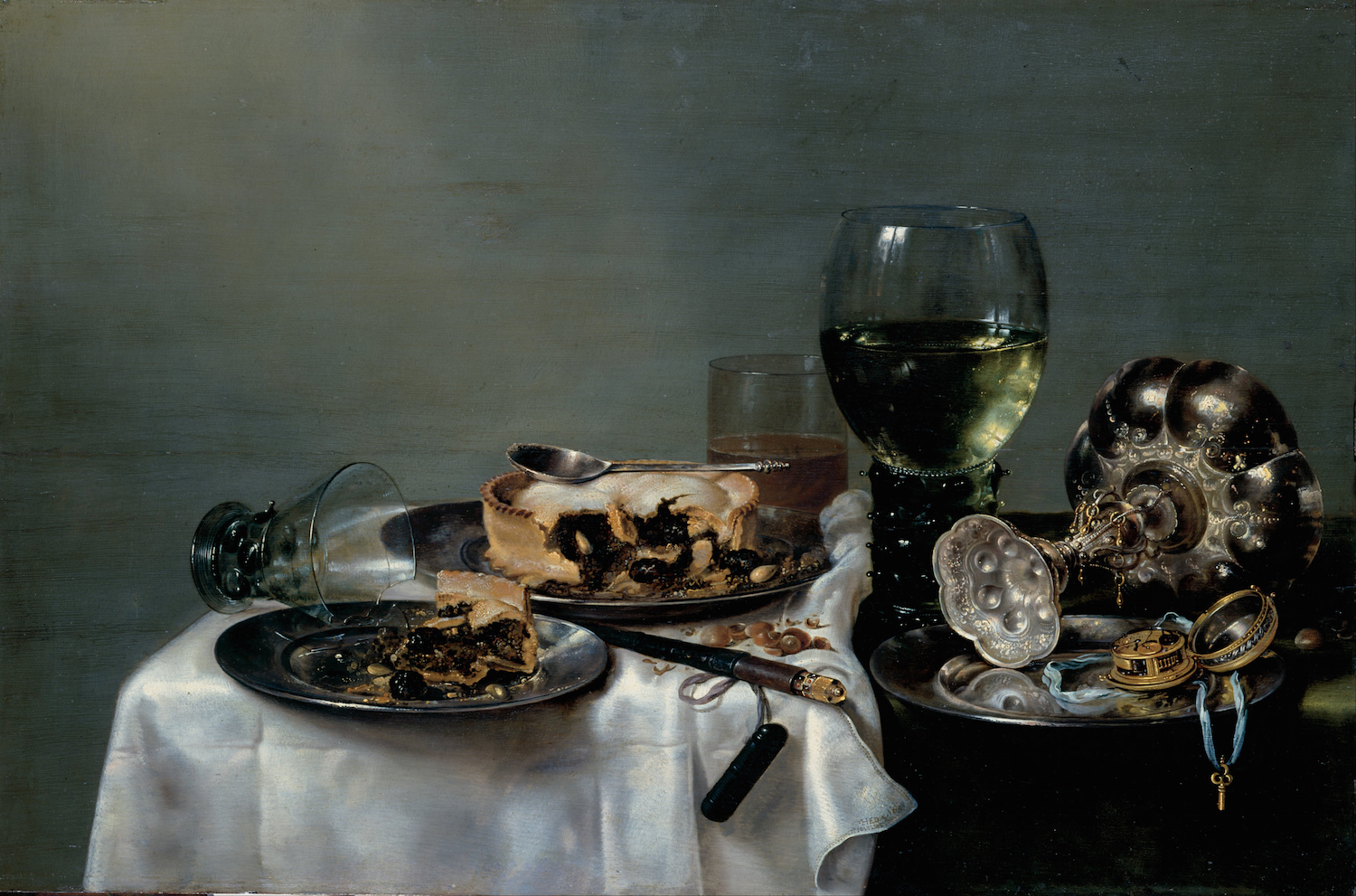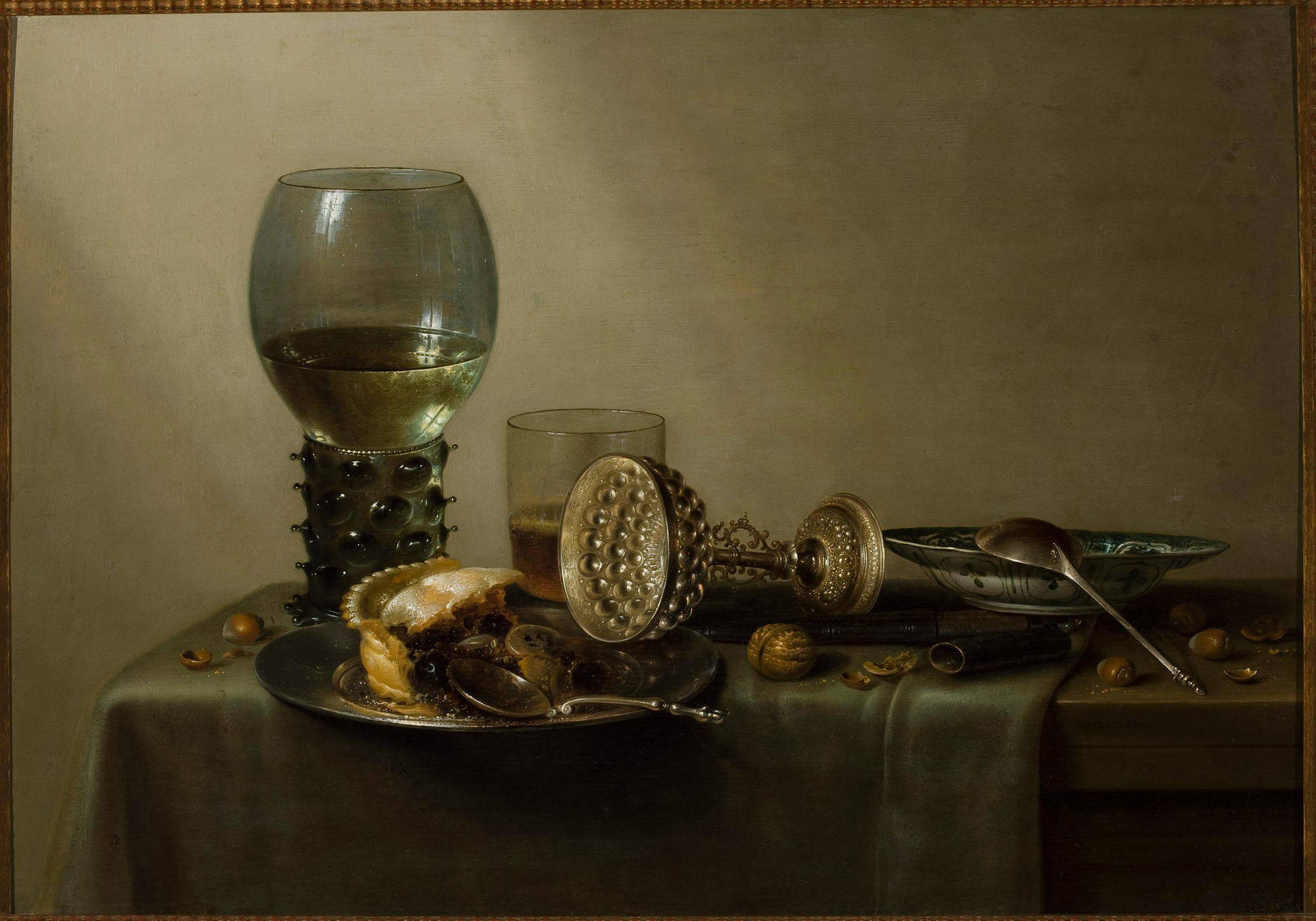The term "still-life" only appeared during the middle of the 17th Century. Before 1650, people spoke of fruit, banquet or luncheon paintings. It is evident these works were much appreciated as Dutch artist Ambrosius Bosschaert once received one thousand guilders for a painting of flowers when the price of a portrait in Holland around 1625 was fixed at around sixty guilders. Later, the representation of flowers, dead animals or objects became more symbolic as each thing came to have a religious meaning according to the Bible. For example, still-lifes with raisins, apples or pears represented the blood of Christ, His love for the Church or the softness of the transformation into Man, while a lobster represented the resurrection. There were also emblems and hidden religious and political symbols in these paintings and the religious fracture between Catholics and Protestants - between the South and the North - induced many painters to become more allusive in their works. In addition, these paintings contained hidden proverbs or were destined to be seen only in certain circles. Fish still-lifes were mainly produced in The Hague which was an important market. Breakfast still-lifes were a speciality in Haarlem while flowers were more in demand in Utrecht. All these paintings reflected changes in mentality and thinking.
I hope you survive all the eating during Christmas time!


 Willem Claeszoon Heda
Willem Claeszoon Heda